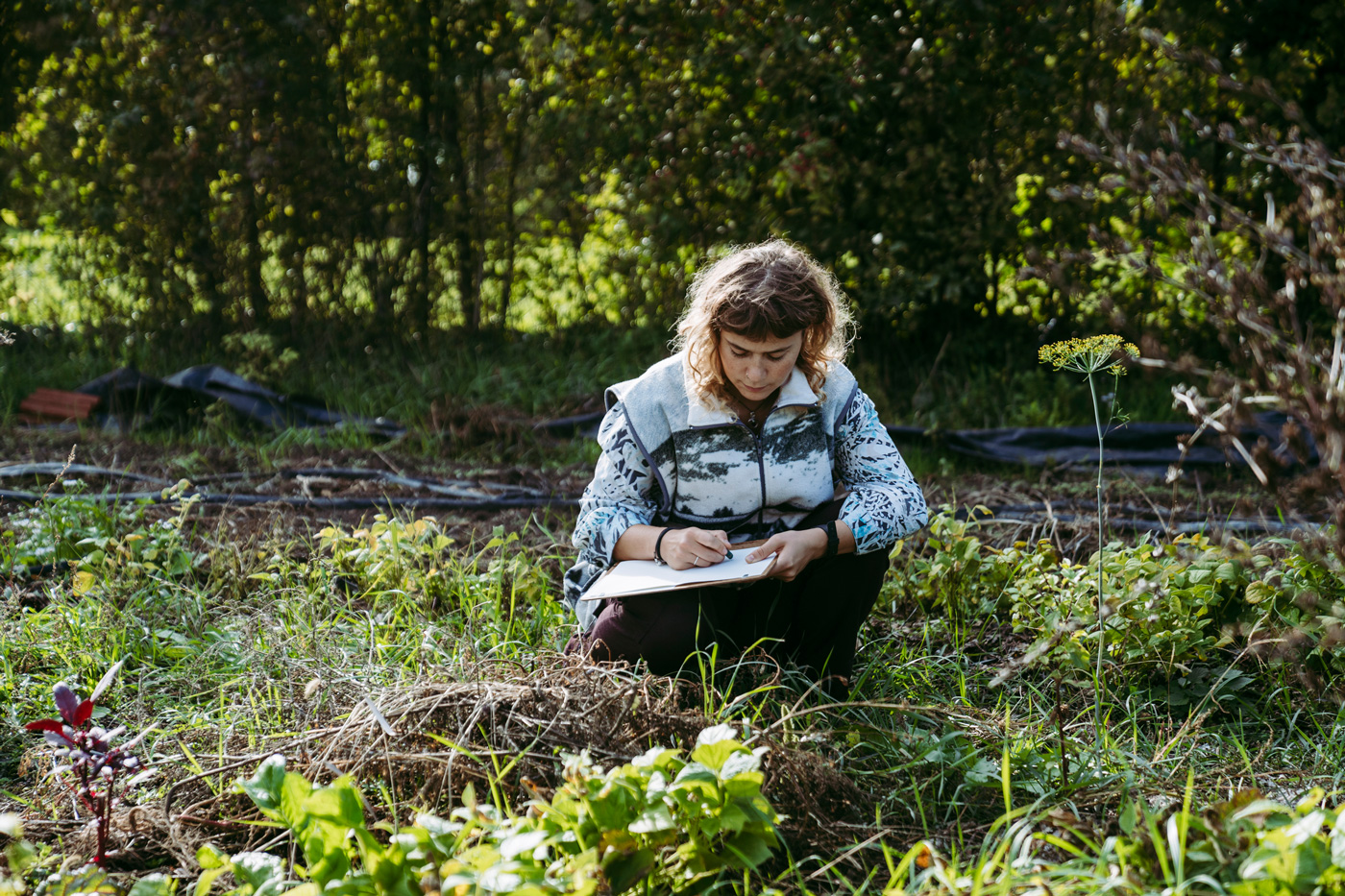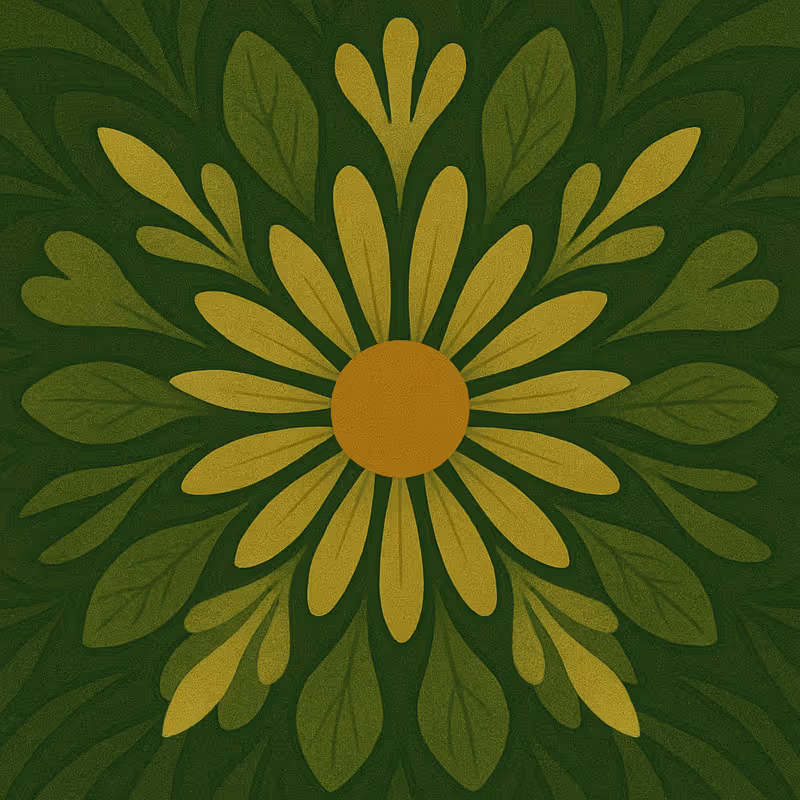Potential Impact
Hosting a drawing workshop can have a wide range of impacts at individual, group, and community levels.
1. Personal Impacts
Enhanced Observation Skills and Sensory Engagement – Engaging in drawing encourages participants to slow down and notice the intricate details of their surroundings. This practice might foster a deeper appreciation for biodiversity, including elements that might otherwise be overlooked or perceived as unappealing.
Increased Mindfulness, Well-being, and Self-Expression – The process of drawing in nature can be a meditative experience, reducing stress and enhancing focus. Drawing also encourages creativity and provides an opportunity for personal expression, allowing participants to explore their connection to the environment in new and imaginative ways.
Deepened Environmental Understanding – Participants may gain a more embodied and intuitive understanding of ecosystems, species diversity, and environmental change. This form of learning can complement scientific knowledge by offering a different, experience-based perspective.
Encouraging Sustainable Behaviour – Creative engagement with environmental themes can lead to shifts in attitude and behaviour. Participants may feel inspired to take small but meaningful actions, such as trying to protect wildlife or a habitat in their garden or elsewhere.

2. Community and Group Impacts
Strengthened Community Bonds – A shared creative experience can foster stronger social connections. When drawing workshops are conducted with a group who might have longer term engagement, such as volunteer groups, learning communities etc., they can serve as a catalyst for group bonding.
Improved Communication – Artistic expression offers an alternative way to convey thoughts and emotions, particularly for individuals who may find it difficult to articulate their feelings in words. This can be especially valuable in intercultural or multi-lingual settings.
Collective Awareness of Biodiversity – Discussing and reflecting on drawings might allow participants to see nature from multiple perspectives. The act of visualising biodiversity can make abstract conservation concepts more tangible and personally relevant.
Local Ecological Engagement – Workshops can spark an increased interest in the local environment. Participants may develop a sense of responsibility to a place, leading to further engagement in activities such as citizen science projects, or community-led environmental advocacy.
3. Organisational, Institutional, and Policy Impacts
Expanding engagement capacity - Drawing workshops can be integrated into environmental education and outreach, offering institutions new tools to engage citizens in biodiversity issues.
Facilitating cross-sector collaboration -Creative methods create opportunities for partnerships between environmental organisations, cultural institutions, and community groups, broadening the base of expertise and resources available.
Broadening participation in environmental governance - Art-based approaches can reach new and more diverse audiences, making environmental agendas more accessible and fostering greater legitimacy for decisions related to biodiversity and land use.
In this video Borbála Lipka reflects on the value and impact of the Drawing Workshop:
Measuring Impact
Pre- and Post-Workshop Surveys – Using structured surveys before and after the workshop provides measurable insights into changes in participants' awareness, attitudes, and engagement with nature. These surveys can track shifts in perception and identify emerging areas of interest or concern.
Follow-Up Interviews and Group Discussions – Conducting interviews or group discussions weeks or months after the workshop can offer deeper insights into its long-term effects. These conversations help assess whether participants have integrated drawing into their everyday lives or if their environmental perspectives have evolved.
Real-Time Observation and Informal Feedback – Facilitators can gauge engagement levels during the session by observing participant interactions, attentiveness, and enthusiasm. Informal discussions can also help capture immediate reflections on the experience.
Recording and Analysing Group Discussions – With participants’ consent, recording group discussions can generate rich qualitative data on how the workshop influenced their thinking. This data can be analysed for recurring themes, common insights, and emerging narratives that highlight the broader impact of creative engagement with biodiversity.
Debriefing: see the Debriefing Method for detailed guidance on possible follow-up activities and session closure.
Alternatives to the Method
1. Sensory Mapping Workshop
Participants create sensory maps of a natural space, using symbols, textures, and words to document what they see, hear, feel, and smell. This method allows for non-artistic expression, making it more accessible for those hesitant about drawing.
2. Collaborative Mural or Large-Scale Nature Art
Instead of individual sketches, the group works together on a collective piece, such as a mural, large-scale drawing, or temporary land art using natural materials like leaves, twigs, or stones. This approach encourages teamwork and allows those less confident in their drawing abilities to contribute in different ways.
3. Poetry or Creative Writing in Nature
Participants use words instead of images to capture their responses to nature, using free writing, haiku (Japanese poetry, traditionally consisting of three lines with a 5-7-5 syllable structure), or prose inspired by their surroundings. This method appeals to those who feel more comfortable with verbal expression than visual art and can be combined with drawing, photography, or mapping.
4. Soundscapes and Music
Participants focus on the sounds of their environment, recording or describing what they hear and translating it into drawings, written reflections, or sound-based artworks. Engaging through auditory senses rather than visual observation, this method can be used to explore biodiversity changes over time or compare different ecosystems.
5. Digital Drawing or Virtual Nature Engagement
Participants use tablets or digital tools to sketch nature, potentially overlaying satellite images or environmental data. This approach is suitable for urban settings or remote participation, including those who cannot attend outdoor workshops. It can also integrate GIS mapping, digital storytelling, or virtual field trips.
6. Embodied Drawing: Blind or Non-Dominant Hand Sketching
Participants sketch while keeping their eyes closed or using their non-dominant hand, focusing on touch and perception rather than accuracy. This technique removes artistic pressure and encourages deeper sensory engagement, making it effective for mindfulness or therapeutic workshops.
7. Interactive Biodiversity Journals
Participants create personal biodiversity journals with sketches, reflections, pressed leaves, and notes on species they encounter. This method encourages ongoing engagement beyond the workshop and can be part of a long-term citizen science or conservation effort.






















